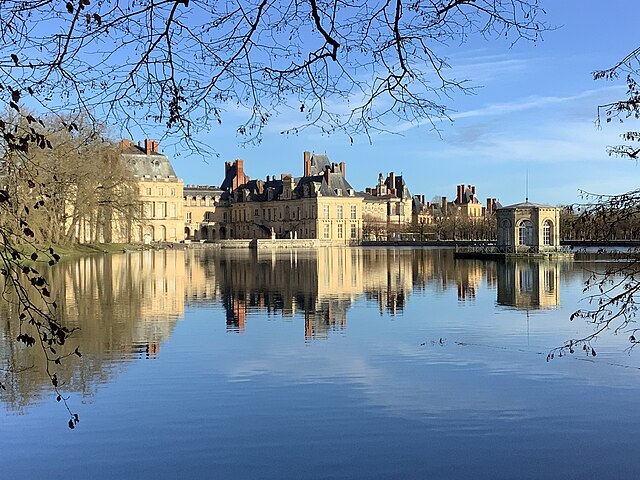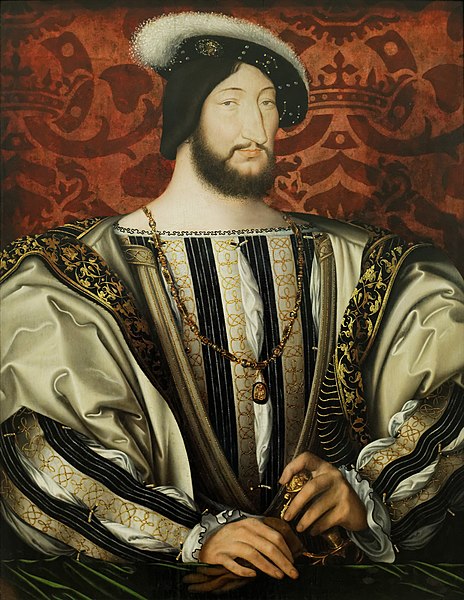Palace of Fontainebleau, located 55 kilometers southeast of the center of Paris, in the commune of Fontainebleau, is one of the largest French royal châteaux. It served as a hunting lodge and summer residence for many of the French monarchs, beginning with Louis VII. Francis I, Henry II, Louis-Philippe, Napoleon Bonaparte and Napoleon III. Though the monarchs only resided there for a few months of the year, they gradually transformed it into a genuine palace, filled with art and decoration. It became a national museum in 1927 and was designated a UNESCO World Heritage Site in 1981 for its unique architecture and historical importance.
Château de Fontainebleau
Fontaine Belle-Eau, the spring which gave its name to Fontainebleau
Francis I, first major builder of the Chateau
The original horseshoe staircase by Philibert de l'Orme in the Courtyard of Cheval Blanc (1559)
Fontainebleau is a commune in the metropolitan area of Paris, France. It is located 55.5 kilometres (34.5 mi) south-southeast of the centre of Paris. Fontainebleau is a sub-prefecture of the Seine-et-Marne department, and it is the seat of the arrondissement of Fontainebleau. The commune has the largest land area in the Île-de-France region; it is the only one to cover a larger area than Paris itself. The commune is closest to Seine-et-Marne Prefecture, Melun.
Palace of Fontainebleau
Fontaine Belle-Eau, the spring which gave its name to Fontainebleau
Fontainebleau palace garden fountain and Grand canal
Historical reenactment in Fontainebleau of the bicentenary of Napoleon's Farewell to the Old Guard, 20 April 2014. Napoleon is going down the famous stairs of Fontainebleau castle to meet with the Old Guard.







